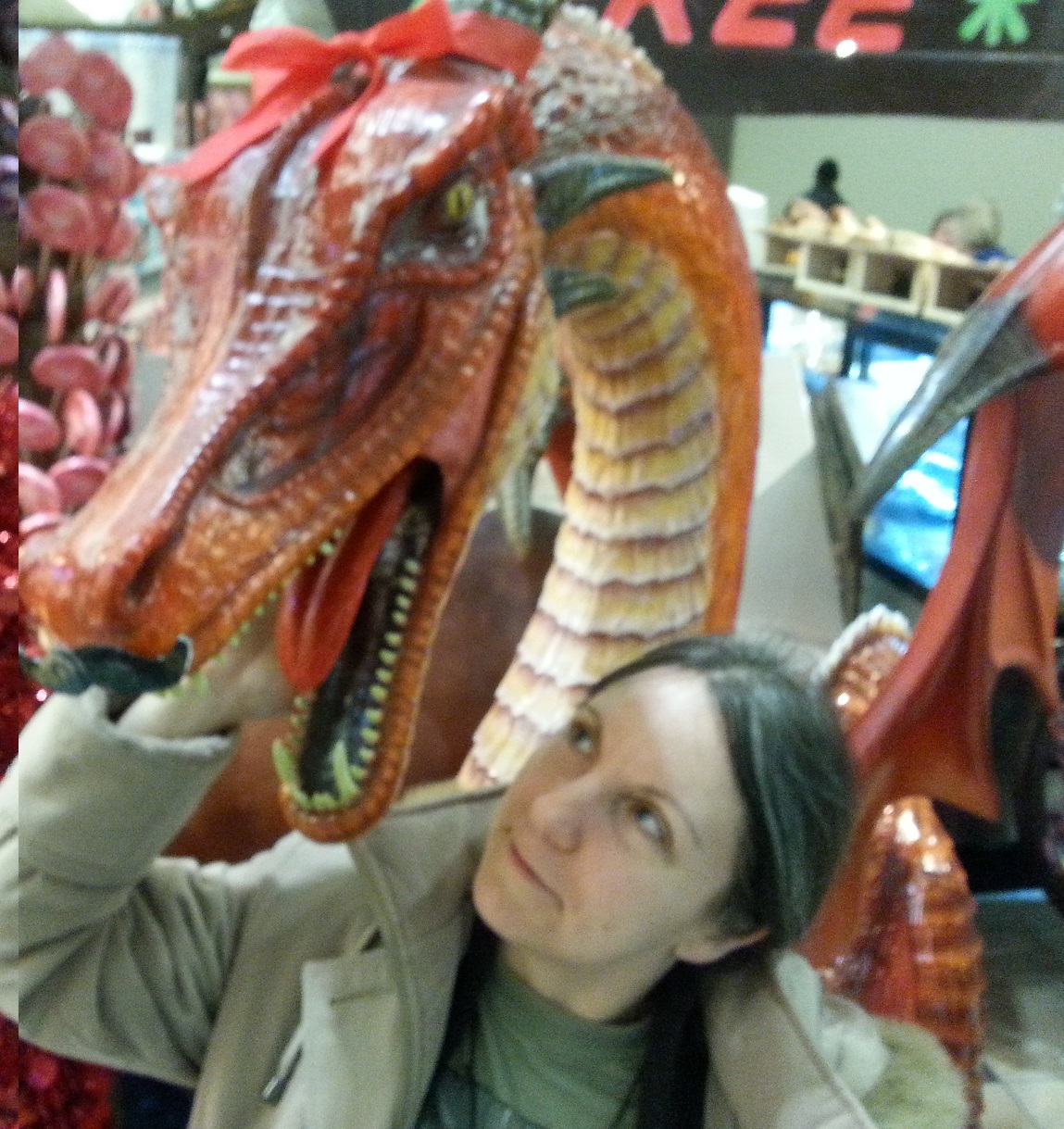Waterseed
Waterseed, called kehlepa (pronounced keh-lepah) by the Kirika, is one of the common species of grasses found in the Balelands, Ilfar Islands, or Gibrari. It is a perennial grass with a distinctive indigo-pink color to the seeds, purple stalks and amber blossoms.
The grass isn't a natural branch of evolution but a deliberate one. This species was derived from mutated redgrass seeds that were cultivated to produce a more nutritious crop that was better suited for a wider range of environments. Current estimates suggest this was done between 605 BF (Before Firefall) and 585 BF (Before Firefall). This puts the species at being approximately 2600 years old.
Basic Information
Anatomy
Waterseed has a similar appearance to redgrass. Tall and wheat-like, waterseed grows to a height of .9 meters in suitable growing conditions. Unlike related grasses, waterseed prefers to grow in shallow freshwater 'water fields' between .6 to .9 meters.
The grass is rooted in the underwater soil, with root 'tails' being the anchor for the plant. Stalks and blossoms grow out of a floating bulb of gray-brown moss-like structure in a thick mass. This is called the 'colony' of the plant. Floating on the surface allow the plants to 'swim' slowly across the surface to follow the course of the sunlight during the day. On cloudy days they are less active and remain still to conserve energy.
Reedy stalks of the plant begin as a deep emerald but turn deep purple as they mature. Blossoms grow the last 5 to 7.6 cm of the stalk. They grow in clusters with a wide variety of amber and gold shade of color to the blossoms. These blossoms appear twice a year, once in early spring and again in late summer / early fall.
The indigo-pink seeds, which the plant is named for, grow in bunches under the bulb, not unlike a tuber. Those seeds - if not harvested - fall loose and float to the surface. There they extend their own root tails to form their own 'colony'.
Ecology and Habitats
Domesticated waterseeds are beneficial but once seeded in a water field, they require regular maintenance and pruning. As the seeds have the ability to float, this can lead to unpleasant consequences if a stretch of waterseeds isn't tended regularly or not harvested on time.
Seeds have been known to escape the confines of a water field and make their way to other bodies of water. In this situation, what was beneficial now becomes a weed. Since the waterseed is descendent of the redgrass, it shares its ancestor's ability to proliferate as quickly.
Waterseeds have been known to try and grow in aqueducts and water pumping stations which naturally foul the lines for the surrounding area. In freshwater lakes, docks become ensnared and even can be slowly worked free of their foundation if the waterseed colonies become large enough and start 'swimming' to follow the sun.
There are as many methods attempted to contain waterseeds as there are regions it grows. Some are more successful than others. In the case of smaller fields, a solarium battery pump is installed at one end of the water field. A fine netting, not unlike the consistency of cheesecloth, is installed at the other. The netting is used to catch and dredge loose seeds that the mild current has pushed from one side of the field to the other. This has the unpleasant effect of making it harder for the waterseed plants to swim or sit idle and rest when needed.
Another technique involves seeding the field with one of several varieties of fish that will eat the loose seeds. However, this too can be problematic as the fish could eventually eat directly from the plants if they aren't harvested when ripe.
Water pumping stations and aqueducts use a different approach. Waterseed is a freshwater plant which is why it isn't a problem for docks and harbors in saltwater areas. Therefore in water stations and aqueducts, sabecite fine gravel is added in small quantities to the inlet and then filtered out before the water is allowed to continue on for use. The sabecite gravel, being a porous volcanic salt, floats and so will follow the same path as the seeds. It also salinates the water to a level the seeds cannot withstand.
Care has to be taken with using too much sabecite as it can make the water too salty to drink safely. That is why the water in pumping stations and aqueducts are heated just before being pumped out for use. To desalinate the water and allow time for the dredging system to remove seeds.
Additional Information
Uses, Products & Exploitation
Waterseeds are a source of nutrition for many regions and for some a staple crop. Domesticated waterseeds are grown in 'water fields', which are rectangular ponds where the watergrass colonies grow in large clumps. This is to allow the plant space to 'swim' and follow the daily sunlight.
Over a span of a year, it isn't uncommon for colonies to grow together and form a connecting island of grass bulbs. This can be harmful to the grass as it restricts movement. To help the plants, farmers assemble hammocks or nets that float between the large masses. This prevents the plants from bunching together and helps improve their growth rate.
Harvesting is done through a process called 'wrangling'. To wrangle the waterseed plants, farmers us a flat-bottomed wide canoe and move between colony patches. There the waterseed colony is lifted out of the water and placed in a device called a 'wrangler'.
A wrangler is a box-shaped device that fits around the base of the bulb. There is a space for the root tail so it won't become damaged during the 'wrangling'. The device is often powered by solarium battery but older models use a crank for a mainspring as power.
Once activated, small round pads that have a rubber latex covering made from the sap of a ghost-ghera tree run down and gently twist or 'wrangle' over the length of the seed strands. This causes the outermost seeds to be extracted and deposited in a catch basis that runs around the inside of the box. Seeds deposited in the catch basin are then funneled down a tube into containers in the boat.
After the plant has been wrangled, the oldest and most mature stalks are harvested for use. This removes approximately 70% of the plant's stalks, leaving the immature parts of the plant to continue growth.
Seeds
The seeds are of the greatest importance as a crop. Indigo-pink in color, the seeds don't require cooking to prepare them to be eaten. They can simply be soaked for 30 minutes and then eaten raw. However, cooking brings out the rich earthy flavor similar to that of toasted bread.
When raw, the seeds have a medium-firm texture. Cooking reduces this texture to something softer and more pliable. This, along with an unusually high protein and fiber content, makes this a common choice for morning and mid-day meals.
Stalks
The seeds aren't the only useful portion of the plant. The stalks are also harvested as food but this is more common in the southern continent of Gibrari than elsewhere.
Stalks are gathered and treated as a vegetable for use in stews and soups because of its natural tart-ctitrusy flavor and fibrous texture.





Neat! Makes me think of waterlilies combined with sasa grass. I really like how you considered the light needs and reactions and growth of the plant. I'm having troubles imagining the wrangler boxes. That would be my suggestion for perfecting the article.
Ah! I can expand on that without any trouble. I need to make a separate article for 'water field' (or floating gardens) which will connect to this one sooner rather than later. Thanks!
Ok, I think I've got a better explanation for the wrangler box now. Does that make it easier to visualize?
Yes! Thank you! Much better than my mental guess of a shaker box for gold!